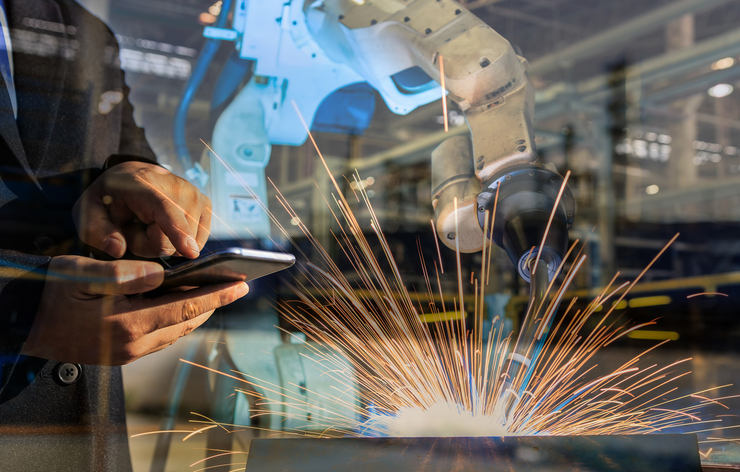The Latest Robot Simulation Software Advances Robotic Integration to Benefit Manufacturers
As industries continue to evolve, the role of robot simulation software has grown significantly. It's no longer just a tool for engineers—it's now a vital component in the integration of robotic systems across manufacturing environments. With each new release, these tools become more powerful, offering manufacturers greater efficiency, accuracy, and cost savings. Robot simulation software is advancing rapidly, enabling companies to design, test, and optimize their robotic systems in a virtual environment before any physical installation takes place. This not only reduces downtime but also allows for more precise planning and troubleshooting. The result? A smoother, more reliable automation process that delivers real-world results. Today’s robot simulation tools can do much more than just create 3D models. They offer comprehensive analysis of robot reach, workspace constraints, and part variations. These platforms can also simulate entire production lines, including conveyor systems, robotic arms, and end-of-arm tools (EOAT), ensuring seamless integration with existing infrastructure. Moreover, they support offline programming, which means engineers can develop and test programs without interrupting ongoing operations. This capability significantly speeds up the deployment process and improves overall productivity. Additionally, these simulations help identify potential bottlenecks or inefficiencies before they occur on the factory floor. Manufacturers who leverage robot simulation software gain a wide range of advantages, such as: These benefits are especially valuable in complex applications like robotic welding, painting, and assembly. For instance, simulation software can predict weld distortion or paint coverage, helping engineers make informed decisions before deploying robots on the shop floor. By using simulation tools, manufacturers can validate their robotic solutions in a virtual setting, minimizing the need for costly rework and reducing the risks associated with automation. This approach not only saves time and money but also ensures that the final system meets all performance and safety requirements. With continuous advancements in AI, machine learning, and cloud-based technologies, robot simulation software is becoming even more intuitive and powerful. As a result, more manufacturers are turning to these tools to streamline their robotic integration processes and stay competitive in an increasingly automated world. To explore how Genesis Systems Group is helping businesses harness the power of robot simulation, visit their Virtual Solutions Center. Discover how cutting-edge technology can transform your manufacturing operations today. Nuts Batch Frying Machine,Peanut Deep Fryer,Corn Deep Fryer,Nut Frying Machine Yantai Maoyuan Food Machinery Manufacturing Co.,Ltd , https://www.peanutmachinery.comAdvancements in Robot Simulation Software Are Revolutionizing Robotic Integration for Manufacturers

Key Capabilities of Modern Robot Simulation Software
Benefits for Manufacturers
 Posted in Robotic Integration
Posted in Robotic Integration